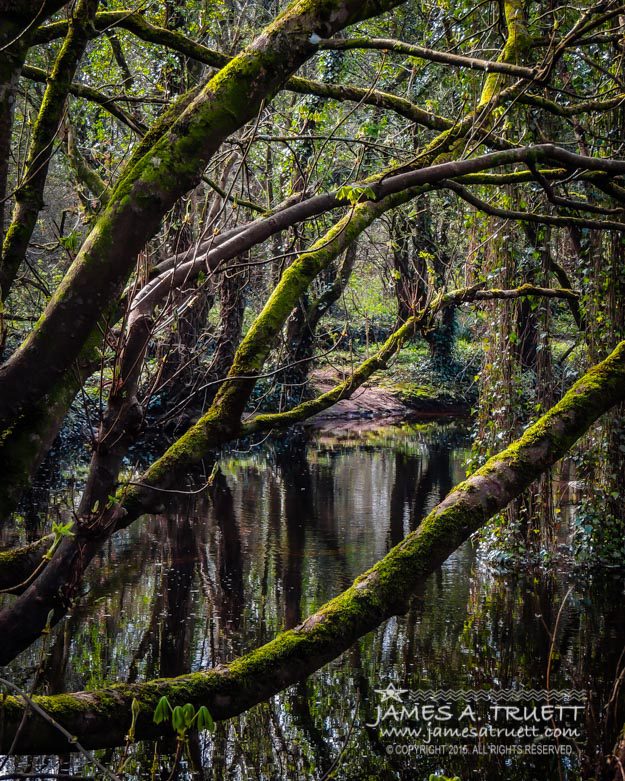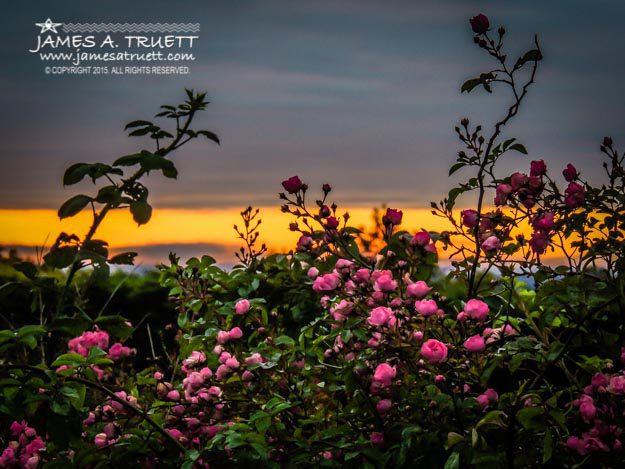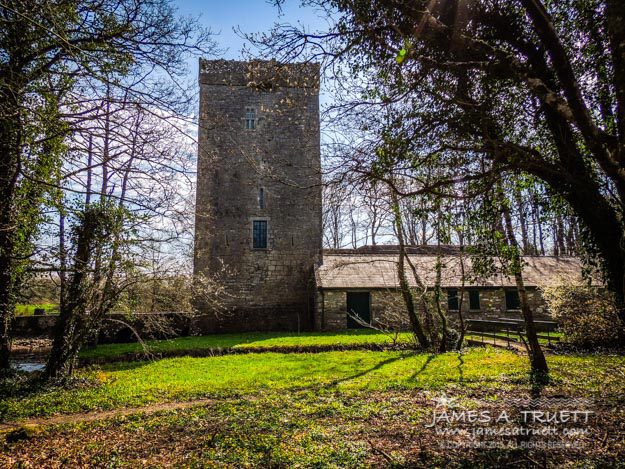Magical and Mystical World of William Butler Yeats

The mystical and magical world of William Butler Yeats near his former summer home in Ballylee, County Galway, Ireland.
Contortionist trees, luminescent moss and the mirror-like gently flowing waters of County Galway’s Streamstown River once provided other-worldly inspiration to one of Ireland’s national treasures — the Poet William Butler Yeats.
“The mystical life is at the centre of all that I do and all that I think and all that I write,” Yeats wrote in 1892.
He spent about 30 summers in the area in the late 1800s and early 1900s, most of them as the guest of his lifelong friend, Lady Augusta Gregory at Coole Park.
From about 1917 to 1929, he enjoyed the solitude of his own castle, Thoor Ballylee, which was once part of Coole Park, the Gregory estate.
In 1923, Yeats was awarded the Nobel Prize in Literature for works the Nobel committee described as “inspired poetry, which in a highly artistic form gives expression to the spirit of a whole nation.”
It’s no wonder many of Yeats’ writings have a mystical undertone, clearly influenced by the enchanting natural beauty of the area.
He was firm believer in Irish folklore, fairies and the transcendentalism movement — he even was a member of the Theosophical Society of Madame Blavatsy for a time, before joining another spiritualist group, The Golden Dawn.
One of Yeats’ friends, D.A. MacManus, who wrote a history of fairies, once reported that Yeats “was fully aware of the everyday aspect of fairy lore and had great respect for it.”
In his play, “The Land of Heart’s Desire,” first performed in 1894, Yeats wrote:
“Faeries, come take me out of this dull world,
For I would ride with you upon the wind,
Run on the top of the disheveled tide,
And dance upon the mountains like a flame.”
This year, 2015, marks the 150th anniversary of the birth of William Butler Yeats, June 13 to be exact, so you’ll be seeing much more about the magical and enchanting Irish scenery woven into his writing.











